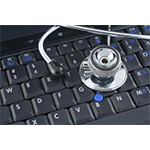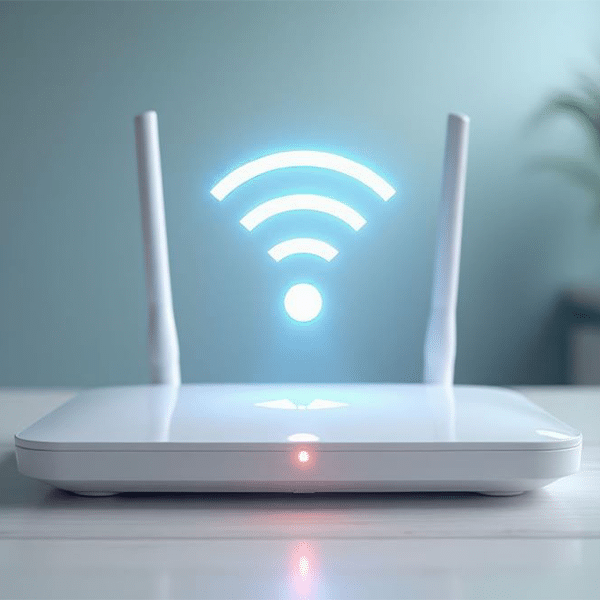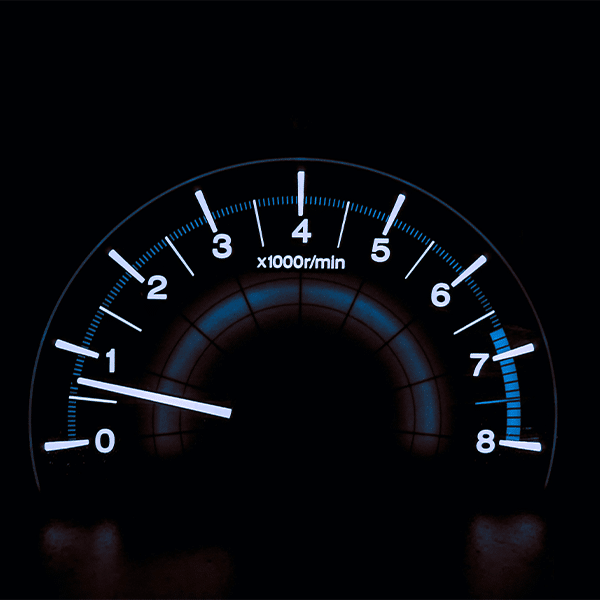 Growing use of connected medical devices, smartphones and software automation will fuel revenue growth in the global market for healthcare IoT technology, according to new market research from Grand View Research. Global healthcare IoT revenues will reach $410 billion by 2022, the market research company forecasts.
Growing use of connected medical devices, smartphones and software automation will fuel revenue growth in the global market for healthcare IoT technology, according to new market research from Grand View Research. Global healthcare IoT revenues will reach $410 billion by 2022, the market research company forecasts.
Rising incidence of chronic diseases – heart failure, obesity, diabetes and hypertension, for example – highlight the need for technological innovations in healthcare, Grand View highlights in a press release. Coinciding with these are aging populations in developed countries, unmet home healthcare needs and unmet needs for long-term services.
Nearly 63% of the U.S. population making use of long-term healhcare services are 65 years old or older, Grand View points out. That and other factors are driving growth of telemedicine and remote patient monitoring, which in turn are driving growth in IoT healthcare devices and equipment. Similarly, software automation will enable healthcare IoT engineers and manufacturers to launch products and services that speed up patient testing, enhance ease of use and portability, and enhance accuracy.
Driving Healthcare IoT Revenues
Healthcare practitioners are increasingly making use of software application services and Cloud platforms to meet growing hospital and patient needs. Effective use of these technologies can yield significant cost savings across healthcare organizations, while also improving the quality of healthcare by leveraging the rapidly growing quantity of data being collected, Grand View says.
Use of Big Data analytics, Cloud services and Artificial Intelligence are on the rise in the healthcare industry, Grand View continues, and several leading high-tech companies are investing large sums to develop IoT healthcare applications. IBM, for instance, has developed the Watson platform for oncology, drug discovery and clinical trial matching. The platform employs supercomputing to analyze healthcare research and patient data.
Healthcare organizations are also increasingly making use of RFID tags to better manage medications and transport and to track assets, as well as to develop new IoT healthcare products, such as smart pills and smart beds.
Other key takeaways from the healthcare IoT revenues research include:
- In 2014, the systems and software segment accounted for the maximum revenue of USD 22.8 billion. Key factors attributed include growing awareness regarding remote patient monitoring, preventative maintenance, diagnostics and software upgrades.
- However, Medical devices is expected to be the fastest growing segment with a CAGR of 28.3% over the forecast period, on account of growing demand for remote and continuous physiological data management and growing interest from various private and public companies in the IoT-MD domain. (Internet of Thing in Medical Device)
- In 2014, North America held the maximum share of 32.4%. Key factors attributed for the high market share include growing prevalence of chronic diseases and an increasing geriatric population prone to various chronic diseases.
- Active collaboration between the high tech software industries and medical device manufacturers, healthcare practitioners, and technology universities, is a key factor for building the right eco-system for market growth and expansion.
- Moreover, the IoT in healthcare market is gaining significant interest from venture capitalists and hedge fund managers owing to the huge potential in changing the healthcare delivery models and improving patient outcomes.
- Major companies such as Medtronic Inc., Philips, Cisco Systems, IBM Corporation, GE Healthcare, Microsoft Corporation, Qualcomm Life Inc., and Stanley Healthcare are investing a huge amount in R&D of connected diagnostic laboratories. These companies are more focused in the development of software with their devices in an attempt to stabilize their market position.


